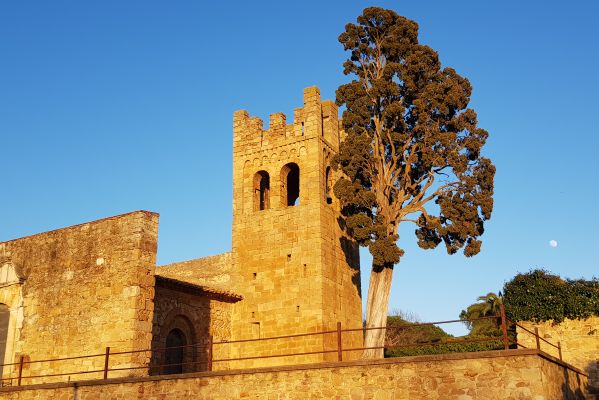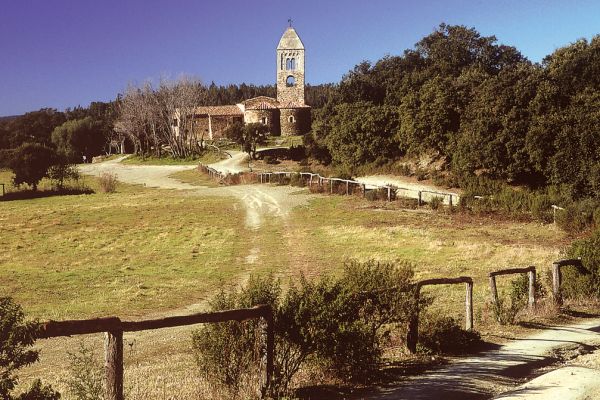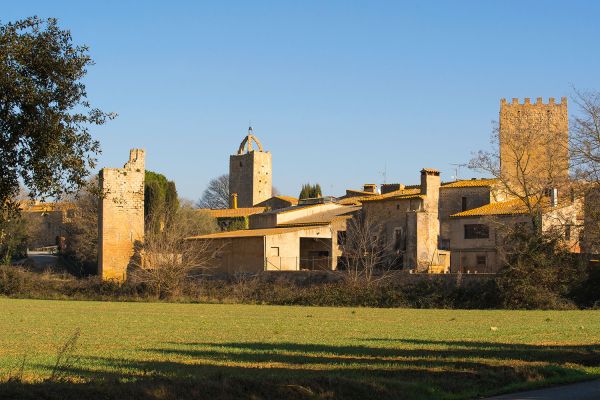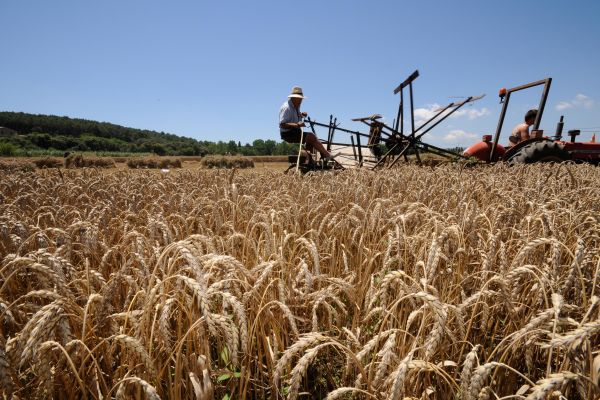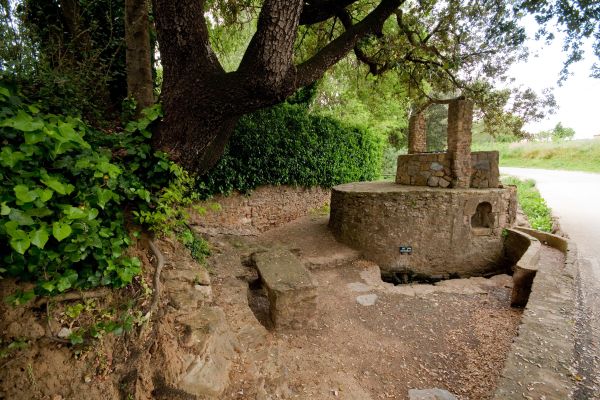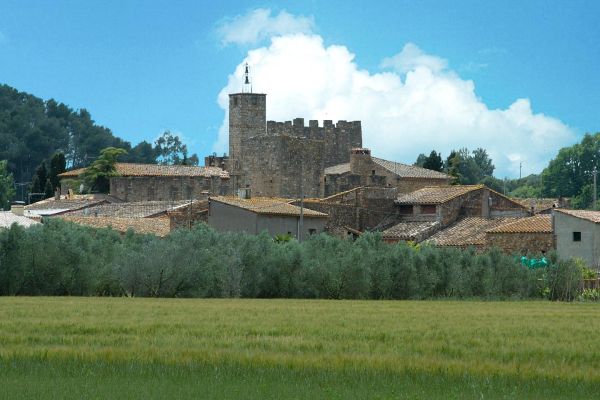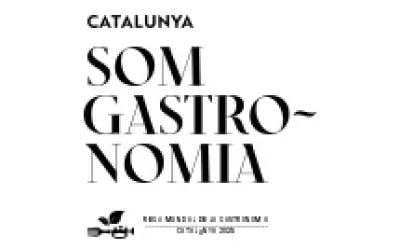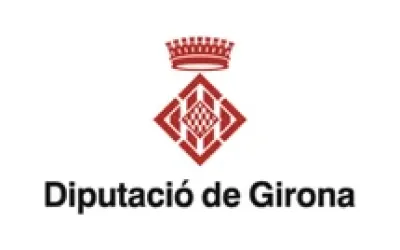The village of Fonteta is located at the foot of the Gavarres massif. The hamlet forms a compact set of narrow streets around the parish church of Santa Maria.
Some of its streets still retain the ancient cobblestone and give it a characteristically rural aspect of a markedly Empordà town. It is crossed by the old road that linked La Bisbal with the coast, passing through the old neighbourhood of Fitor. This fact shows that Fonteta has been a strategic point in the area's communication network over the centuries. Prior to aggregation into the municipality of Forallac, the municipal district of Fonteta had an area of about 24 square kilometres, stretching along the north-eastern slopes of the Gavarres massif. It included a small rather flat sector, in contact with the Daró plain. The rest of the district was mountainous, and it reached the coll de la Ganga, which borders the towns of La Bisbal, Cruïlles and Calonge, to the northern slope of the Puig del Caragol, and to the south, the boundary with Calonge, Palamós and Vall-llobrega. It also included the towns of Fitor, the neighbourhood of Abellars and the old town of Torroella de Mont-ras. The fountain that gave its name to the town is the one that we can still find today on the same side of the church and that is still flowing. This fountain has been recently renewed and it has an inscription that explains the relationship between it and the name of the site. The rural village of Fonteta was donated by Carles el Calb to the Bishop of Girona in 844, along with another rural town called Apiliares, which is identified with the neighbourhood of Abellars. In 904, when Bishop Servusdei consecrated the parish of La Bisbal, he granted the tithes and the first fruits of the Church of Fonteta. The town belonged, later, to the barony of the Bisbal. From this municipality it managed to become independent in the second third of the nineteenth century.
The most singular and remarkable building in the village, apart from some houses of great historical and architectural value, is the parish church of Santa Maria, which was already known to exist in 904.
.jpeg)
The current temple preserves the Romanesque nave, from the 11th century, which was later modified. The Romanesque apparatus can be seen on the western façade, where a Renaissance door and a rose window were opened. The temple has recently been refurbished. The houses of the village are from the 16th and 17th centuries, with vaults in the lower parts and embedded in the floors, thresholds with inscriptions and dates. The streets are narrow, well-arranged, and all of them give an air of a very traditional rural town. The economy of the town has been closely linked to the exploitation of natural resources and agriculture. The population has traditionally lived looking towards the Gavarres and working the fertile lands of the plain. From this direct story there are many testimonials, such as lime kilns, which are very characteristic throughout the municipality.




